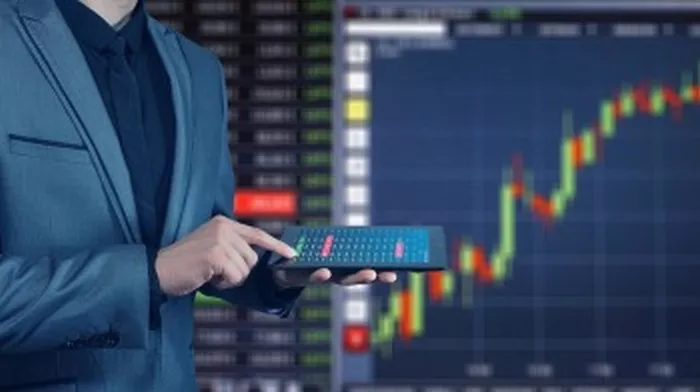Futures spread symbols are alphanumeric codes used to identify specific futures spread contracts traded on commodity exchanges. These symbols play a crucial role in facilitating trading activities by providing a standardized format for referencing spread contracts across different markets and trading platforms. Understanding futures spread symbols is essential for traders and investors looking to participate in spread trading strategies, capitalize on price differentials between futures contracts, and manage risk effectively. In this article, we will explore the mechanics of futures spread symbols, common conventions used in symbol representation, and key considerations for interpreting and trading spread contracts.
The Structure of Futures Spread Symbols
Futures spread symbols typically consist of multiple components that convey essential information about the underlying futures contracts, including the commodity or financial instrument, contract months, and spread type. The structure of futures spread symbols may vary depending on the exchange or trading platform, but they generally follow a standardized format to ensure consistency and clarity. The components of futures spread symbols are typically separated by punctuation marks or alphanumeric characters to delineate different elements of the symbol.
The first component of a futures spread symbol typically represents the commodity or financial instrument being traded. For example, in the case of agricultural commodities, the symbol may include letters representing the commodity, such as “C” for corn or “S” for soybeans. In the case of financial futures, the symbol may include letters representing the underlying asset, such as “ES” for E-mini S&P 500 futures or “GC” for gold futures.
The second component of a futures spread symbol typically represents the contract months for the individual futures contracts involved in the spread. This component may include alphanumeric characters representing specific months or quarters of the year, such as “H” for March, “K” for May, “N” for July, “U” for September, and “Z” for December. Additionally, numerical codes may be used to represent specific years or quarters, such as “21” for 2021 or “22” for 2022.
The third component of a futures spread symbol typically represents the spread type or strategy being traded. This component may include alphanumeric characters or abbreviations that denote the specific spread relationship between the futures contracts involved in the spread. Common spread types include calendar spreads, intermarket spreads, intra-commodity spreads, and inter-commodity spreads. The spread type component helps traders identify the nature of the spread contract and its intended trading strategy.
See Also: How much is a tick in ether futures?
Examples of Futures Spread Symbols
To illustrate the structure of futures spread symbols, let’s consider a few examples:
1. Corn Calendar Spread: The futures spread symbol for a calendar spread involving corn futures contracts for March and May expiration months may be represented as “C+H2K2.”
2. Gold Intermarket Spread: The futures spread symbol for an intermarket spread involving gold futures contracts and silver futures contracts may be represented as “GC+SI.”
3. Crude Oil Intra-Commodity Spread: The futures spread symbol for an intra-commodity spread involving different delivery months of crude oil futures contracts may be represented as “CL+M21N21.”
4. E-mini S&P 500 Inter-Commodity Spread: The futures spread symbol for an inter-commodity spread involving E-mini S&P 500 futures contracts and Nasdaq 100 futures contracts may be represented as “ES+NQ.”
Interpreting Futures Spread Symbols
Interpreting futures spread symbols requires a basic understanding of the components and conventions used in symbol representation. Traders should be familiar with the commodity or financial instrument being traded, the contract months involved in the spread, and the spread type or strategy being employed. By analyzing the components of futures spread symbols, traders can identify relevant spread contracts, assess their trading objectives, and execute spread trading strategies effectively.
When interpreting futures spread symbols, traders should pay attention to the order and arrangement of the components, as well as any punctuation marks or alphanumeric characters used to separate different elements of the symbol. Additionally, traders should verify the accuracy of the symbol and ensure that it corresponds to the desired spread contract before executing trades.
Conclusion
In conclusion, futures spread symbols play a vital role in identifying and trading spread contracts on commodity exchanges. Understanding the structure and conventions of futures spread symbols is essential for traders and investors looking to participate in spread trading strategies, capitalize on price differentials between futures contracts, and manage risk effectively. By familiarizing themselves with the components and interpretations of futures spread symbols, traders can navigate the complexities of spread trading and achieve their trading objectives with confidence and precision.


